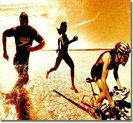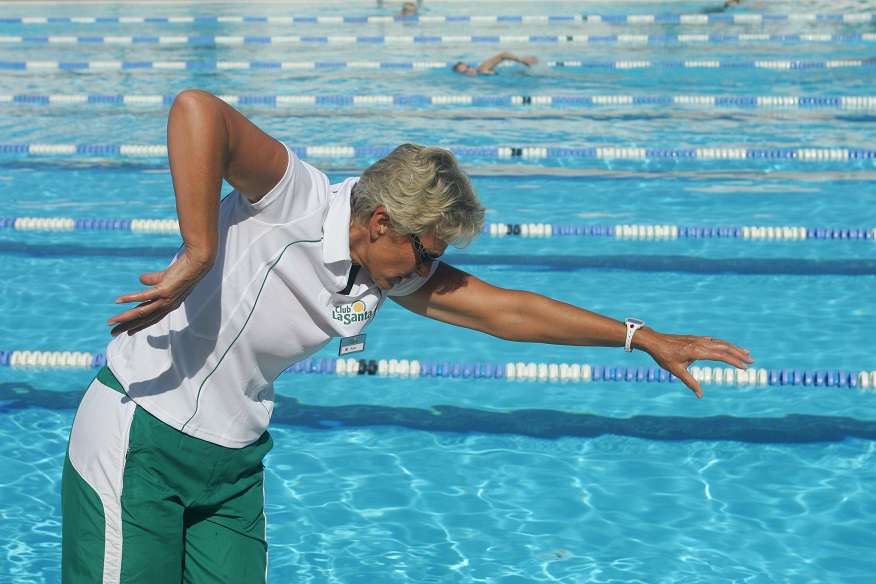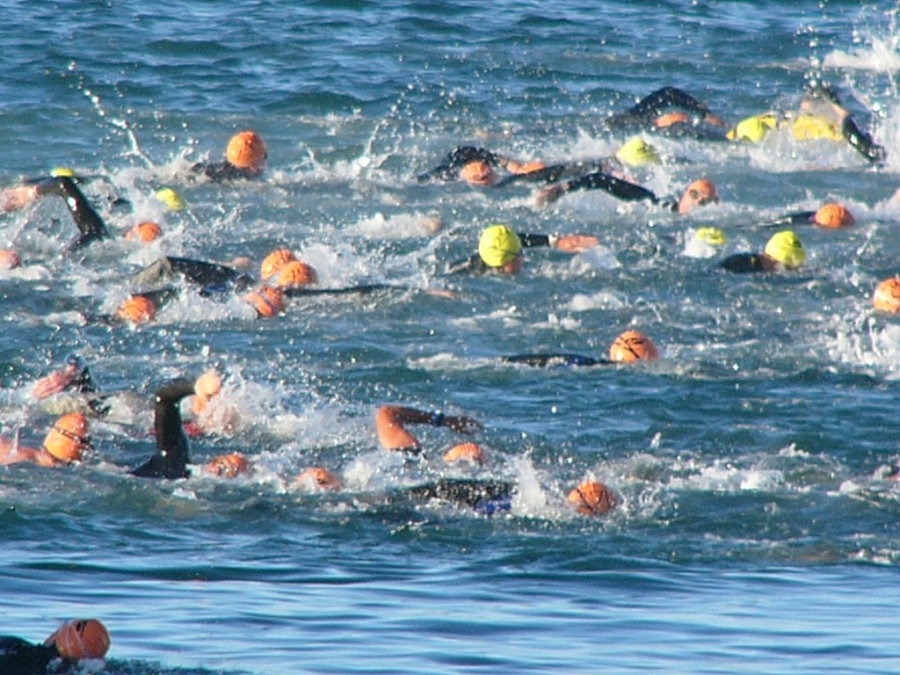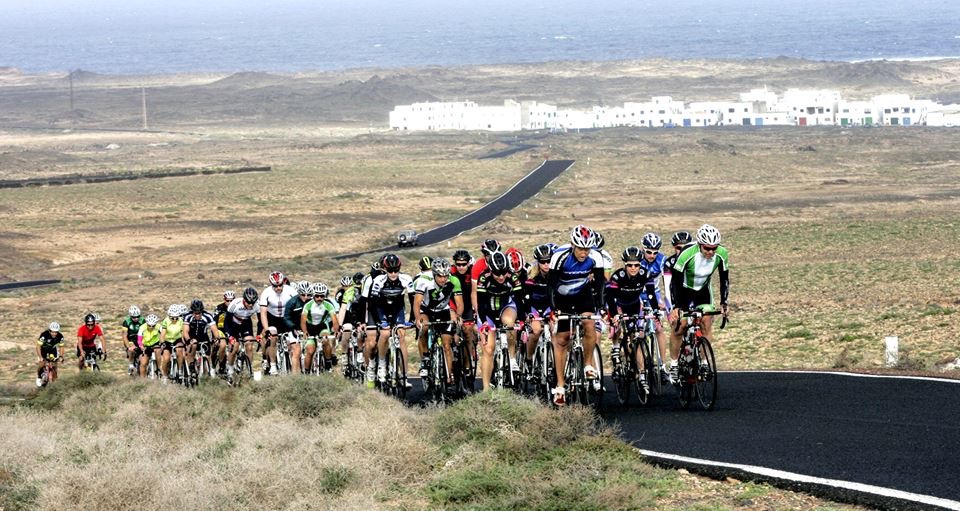Swimming
‘You can’t win a Triathlon with the Swim but you can lose a Triathlon if you get the Swim wrong`
Swimming is the most technical of the 3 disciplines in triathlon and is often the discipline that is neglected by triathletes.
If you are thinking of training for triathlon you should start your swim training as early as possible. You will benefit enormously by signing up for swim instruction as developing Water Sense is very important.
Athletes that come from a running or cycling background and are in good shape think that these fitness levels will benefit them with their swimming – not so!
You use different muscles, and different breathing techniques are required to make sure you take in the correct amount of Oxygen. The anxiety level of the athlete also plays a major role in their perception of fatigue, as do the issues with stroke technique.
Plan your training and competition calendar well in advance.
Around late September/ October triathletes look back over their season and analyse their results; this is the perfect period were they will work on their weaknesses. Keeping on top of the swimming is very important at this time of the recovery phase for all athletes. It is the ideal time to work on your technique and you will reap the rewards next season.
Front-crawl or Freestyle
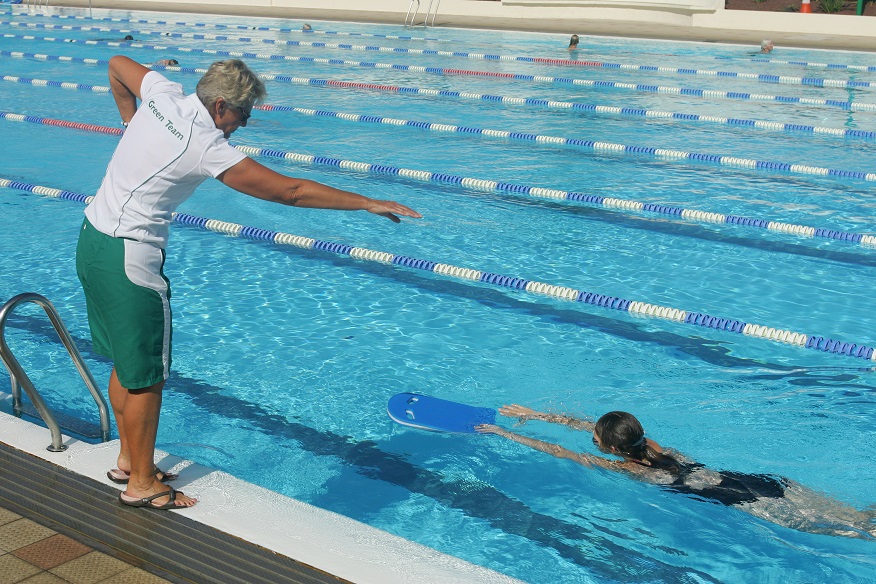 Front-crawl is the fastest and probably the most popular stroke. It is widely used in competitive races -people now equate freestyle with front-crawl.
Front-crawl is the fastest and probably the most popular stroke. It is widely used in competitive races -people now equate freestyle with front-crawl.
Definition of front-crawl:
Is an alternating action; performed on your front, with your face down in the water.
Athletes coming into triathlon find the swim section the most daunting – this is the section that is so important to get right!
To learn more, sign up for our e-book – The 3 Golden Rules for Swimming – Technique, Technique & Technique
Open-water Swimming
When it comes to open water swimming it’s a matter of safety first. Use your common sense, and never swim alone. Successful swimming is about understanding water conditions, knowing your own personal abilities.
For example you should always tell someone where and when you are going swimming and what time you are expected home. You should also wear a bright colored bathing cap to make sure that you can be seen.
Foe Simple guidelines to get you started safely, check out our e-book: A Guide to Open Water Swimming

